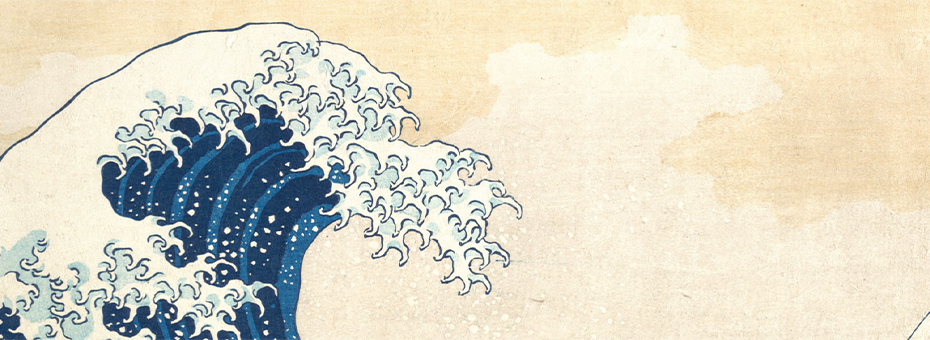On February 1, 1997, a fire destroyed an Aisin factory that made the inconspicuous P-Valve, a brake part required for every Toyota vehicle worldwide.Toyota’s policy is to source any critical part from multiple geographic locations, but in this case 99% of global production came out of this one plant, at that time 32,500 per day. Toyota’s vaunted JIT system meant only two days of inventory were available in total in the supply chain. Two days and disaster would strike. What happened next was a premier example of the Toyota Way in action. Sixty-three different firms took responsibility for making the parts, piecing together what existed of engineering documentation, using some of their own equipment, rigging together temporary lines to make the parts, and keeping Toyota in business almost seamlessly.
The Toyota Way 2001 introduced a new house, a higher level than the TPS house. Continuous improvement and respect for people are the two pillars for the entire company’s management system. Continuous improvement has three foundational principles—clarify and face the challenge even when it is seemingly impossible, go and see the current reality without preconceptions (genchi genbutsu), and relentless kaizen which means start experimenting, rapidly and scientifically. Respect for people has two foundational principles—get your best people with different skills and expertise to work as one team toward the challenge (teamwork) and respect people, from the global community to each individual.
Whether it is called “lean” or not, mostly not, we are seeing these principles play out around the world as we face the common challenge of COVID-19. We are seeing at record speed laboratories develop test kits and possible treatments, and viruses. We are seeing auto companies partner with medical device companies to ramp up ventilators in unprecedented volumes in record time. We are seeing front-line workers come together to provide food, housing, medical care, and other essential services risking their lives.
I had the good fortunate to work with Dr. Richard Zarbo who runs the testing lab for Henry Ford Health System. They have practiced lean thinking for 15 years and were able to leverage their ability to meet a challenge as a team. On April 7 he wrote to me: “We are now performing all Covid-19 molecular testing in-house (for most of Michigan). We have gone from the first test in the state on March 16 to now >700 per day with 5 methods on 10 instrument platforms with 97% results in < 24 hours. We have been told repeatedly that we are saving lives. Nice to hear.”
While Dr. Zarbo was ramping up testing in a big lab, Abbott, another lean model company, was rapidly developing a 5-minute test kit that would work with its standard ID NOW diagnostic device, one of the most common devices on the market with 17,000 already in the field. The test kit was a cartridge to insert into the device and within a month Abbott started producing 50,000 of these cartridges a day, based on lightning fast FDA approval. While this was going on other organizations developed antibody tests to see who had developed an immunity.
As it turns out most organizations on the front lines of the pandemic battle don’t have lean experience, yet they are experiencing the Toyota Way without realizing it. The pandemic has forced people to come together with a passion and common focus and new respect for scientific thinking. Suddenly scientists are teaching us daily about how our bodies work, how viruses work at a cellular level, what it takes at a molecular level to create a virus. Believe it or not epidemiologists are cool!
Top lean practitioners have the two fundamental skills of bringing a diverse team of people together to achieve a breakthrough objective and using a systematic, scientific approach to coaching the team to success. Anyone who has participated in a well-run kaizen event has experienced the power of accomplishing something great as a team in a short period of time. The Toyota Way seeks to take this further into daily operations so this experience becomes part of the culture. It is my hope that coming out of the crisis many people throughout the world will have a greater appreciation for the power of scientific thinking, the power of collaboration, and the power of diversity. Maybe we can focus some of this experience and an existential crisis—saving the planet.





